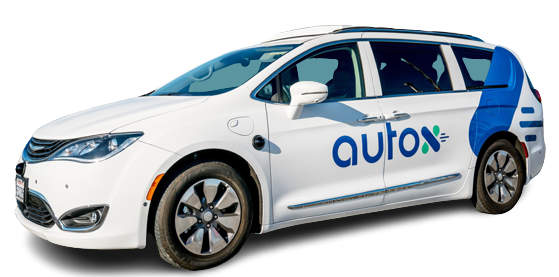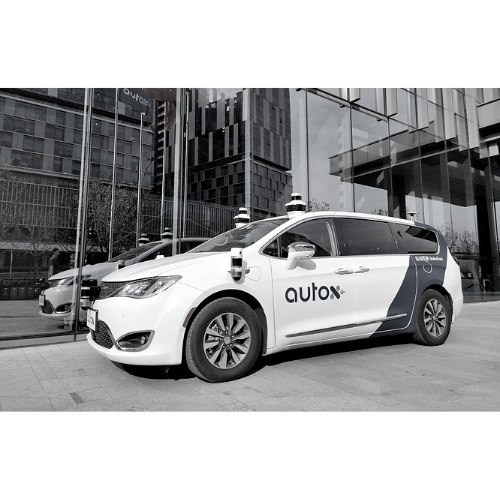People often talk about self-driving cars and think of big names from America like Tesla and Waymo. But, there are also Chinese companies working on this, like AutoX. There’s a video below that shows how a driverless taxi called RoboTaxi works. It’s driving on city streets in Shenzen, making left turns and passing other cars on the road.
Contents
AutoX
AutoX is an automated transportation company that develops self-driving vehicles for passenger and freight transportation. AutoX’s vehicles are equipped with advanced artificial intelligence technologies and sensors to sense their surroundings, enabling them to move autonomously without human intervention. You can see an example in the video below.
RoboTaxy
AutoX has opened its RoboTaxi pilot program to the public in the city of Shenzhen. RoboTaxi operates completely driverless and is equipped with Level 4 autonomous driving. For the first time in China, the public will be able to book a fully autonomous RoboTaxi without additional escorts.
RoboTaxy cars use special sensors and cameras to understand the world around them. These sensors help the car see other cars, pedestrians, and traffic signals. Once the car knows what’s going on, it makes a plan for where to drive and when to speed up, slow down, or turn. Then, it uses its brakes, gas pedal, and steering wheel to follow the plan.

Level 4 autonomous driving, often referred to as “high automation,” is a category where a vehicle can handle all driving tasks by itself in certain situations without any help from a human. This means the car can control itself in most but not all situations. The vehicle might need a human to take over in specific or unique circumstances, like driving in certain areas or in certain weather conditions. If the vehicle runs into something it can’t manage, it will alert the human driver. If the human doesn’t respond, the vehicle is designed to deal with the situation in a safe way, such as pulling over to the side of the road.
Making a Driverless Taxy
Making a driverless taxi like the RoboTaxi is a tough job. It’s not just about putting a car on the road and letting it drive itself. There’s a lot that goes into it. Let’s look at some of the main challenges.
1. Seeing and Understanding:
First, a self-driving car needs to see everything around it. It uses special tools like LiDAR, radar, and cameras to do this. But it’s not just about seeing; the car needs to understand what it sees. For example, it needs to know if a scooter is about to run a red light. And it needs to do this in real-time, which means super fast.
2. Making Choices and Acting:
Once a car can see and understand, it needs to make decisions and act on them. If it’s at a busy intersection, it needs to decide when it’s safe to turn left. To do this, it needs smart computer programs that can act like a human driver – or even better.
3. Testing:
Testing a self-driving car is hard. The car needs to be able to handle lots of different situations. It’s not enough to test it on a sunny day with light traffic. It needs to work in bad weather, in heavy traffic, at night, and when unexpected things happen.
4. Laws and Rules:
There are lots of laws and rules that a self-driving car needs to follow. But because this technology is so new, many places don’t have specific rules for self-driving cars yet. Companies like AutoX need to work closely with lawmakers to make sure their cars are following all the rules.
5. Making it Easy for People:
After all this, the car also needs to be easy and comfortable to ride in. It needs to give a smooth ride and it should be easy for passengers to understand what the car is doing.
In short, making a driverless taxi that can handle busy city streets, deal with things like scooters running red lights, and provide a comfortable ride is a huge achievement. It’s not just about knowing how to build a car, but also about thinking of the future, understanding people, and knowing how to work with laws and rules.
